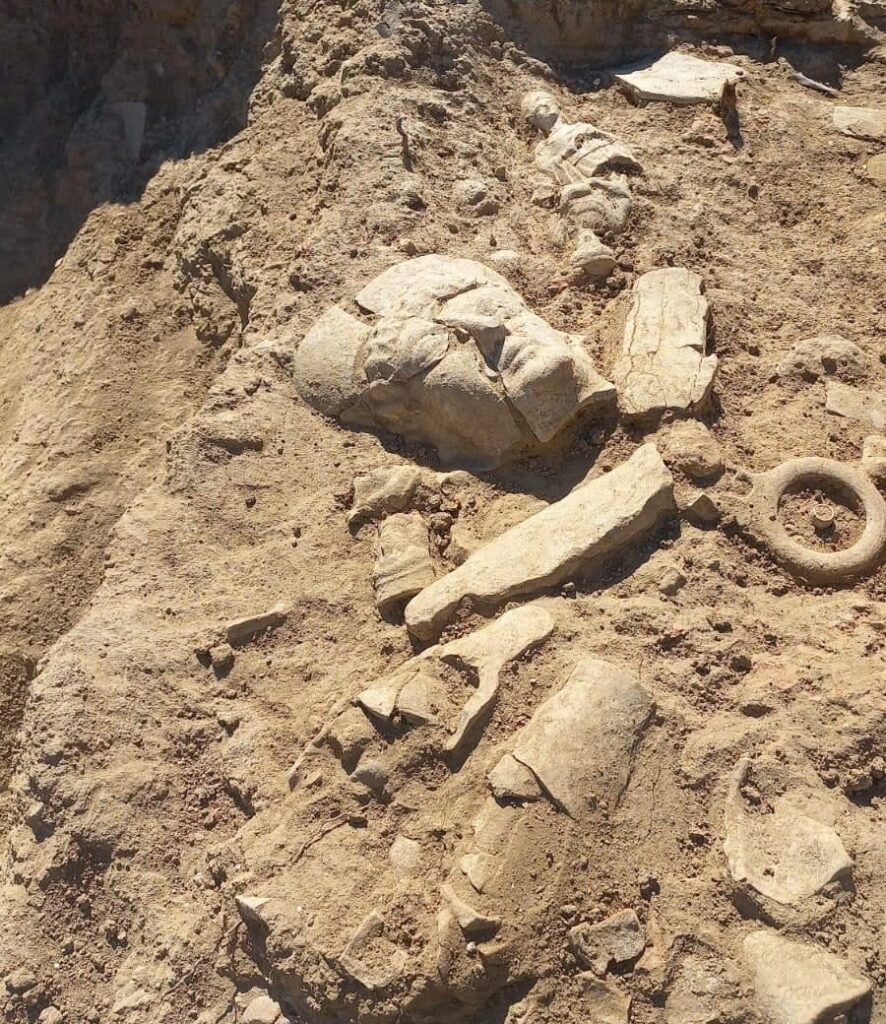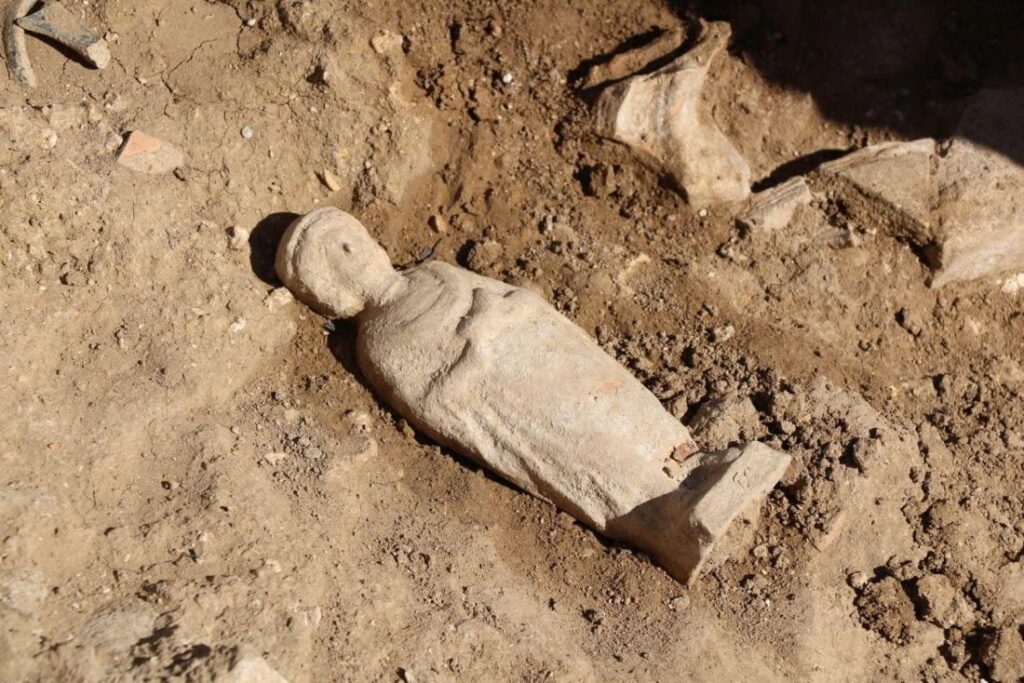In the Valley of the Temples in Agrigento, on the southwest coast of Sicily, archaeologists have uncovered a remarkable votive deposit that includes at least sixty terracotta figurines, female protomes, busts, oil lamps, small vases, and bronze fragments.

This deposit was found in House VII b, part of the housing complex north of the Temple of Juno. The excavation project is fully funded by the Sicilian Region through the Valley of the Temples Archaeological Park, directed by Roberto Sciarratta and led by archaeologist Maria Concetta Parello.

Researchers estimate that this deposit dates back to the early 4th century B.C., a period when Agrigentum was recovering from a devastating attack by the Carthaginians in 406 B.C. This votive deposit may provide insights into the aftermath of this event and the resilience of the Akragantines.

Agrigentum, the ancient city that now forms part of the Valley of the Temples, has a rich and complex history. According to the Greek historian Thucydides, it was founded around 582-580 B.C. by settlers from Gela, along with later arrivals from Crete and Rhodes.
The city’s prosperity was short-lived as it was defeated by Carthaginian general Himilko in 406 B.C. However, in 399 B.C., Timoleon of Corinth defeated the Carthaginians and liberated the Greek cities in Sicily.

The discovery of the votive deposit offers a unique opportunity to delve deeper into Agrigentum’s history. The archaeological team, led by Maria Concetta Parello, is committed to uncovering the mysteries hidden within this significant find.
Video

